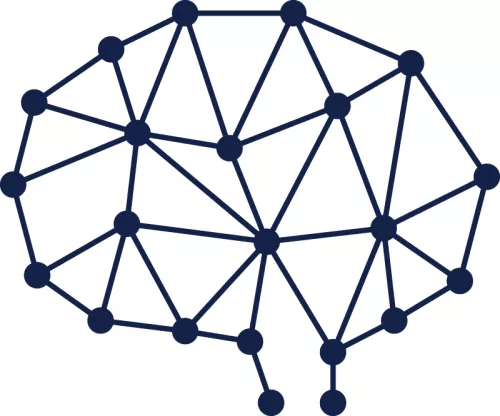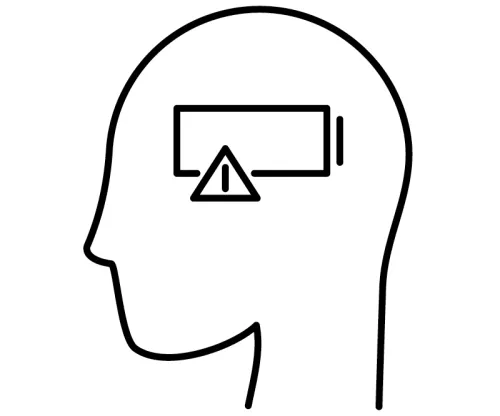Interested in network neuroscience and computational modeling? We are often looking for interns, new students, and exciting collaborations. Below are some of the possible projects we would be excited to work on with a new student or intern:
Inference of Biophysical Models of Pathology Transmission in Alzheimer’s Disease
Mathematical biophysical models of pathology progression in Alzheimer's disease and other degenerative diseases have now been available for a decade. These models attempt to capture how tau and amyloid pathology will spread on the brain's anatomic connectivity network. These include the Raj Lab's own "Network Diffusion Model", which is a mainstay of the Raj Lab.
We are offering a new project that will combine these biophysical models with AI/ML, such that the biophysical model's parameters are inferred using Simulation Based Inference (SBI) or another neural network tool, to perform model inference. The student will be tasked with developing and extending this approach and applying it to both mouse brain and human brain pathology images. The product will be a method that can infer these parameters in a patient and use it to produce future simulations of the patient's entire pathoprogression trajectory. We will provide all necessary datasets, computing tools and fleshed out Python scripts that will serve as starter code.
CNNs and UNets for Dementia Prediction
ADNI is an open-source dataset for tracking the progression of Alzheimer’s disease in thousands of subjects. CNNs have demonstrated relative success in predicting patient’s diagnosis from images alone but, so far, the anatomic connectivity between brain regions has been ignored. We evaluate the impact of considering the known anatomical connectivity between brain regions to predict diagnosis in this dataset by using open-source Graph Convolutional NNs, CNNs or UNets.
Longitudinal Progression of Dementia using Open-Source Data
The lack of a universal temporal axis able to arrange patients according to their disease severity remains a large obstacle for data-driven research of longitudinal medical data. Our lab has recently developed an embedding able to order patients into a “disease severity axis”. We work to employ time-series prediction methods such as RNNs to predict the evolution of dementia along such disease axis, with the goal of predicting patient’s rate of cognitive decline.


